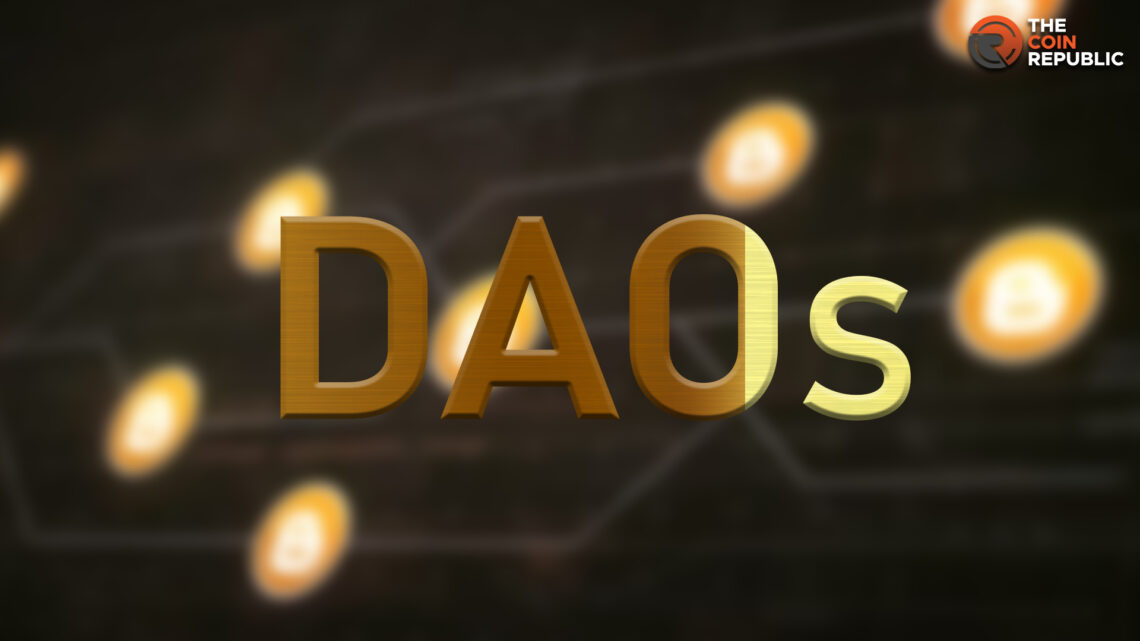- 1 High-profile hacks expose decentralized organizations’ need for robust security practices.
- 2 Interconnected protocols can introduce unforeseen security challenges in the DeFi space.
- 3 The future of secure DAOs relies on cooperation among blockchain, security, and governance experts.
Decentralized autonomous organizations (DAOs) represent a pioneering new form of internet-native organization enabled by blockchain technology. DAOs allow coordinated group activity and decision-making without traditional centralized leadership. This distributed structure provides many advantages but also poses unique security challenges. Several high-profile exploits of DAO vulnerabilities highlight the crucial need for tailored security practices designed for these decentralized models.
Notable DAO Security Incidents: Lessons Learned
One of the most infamous early DAO hacks involved The DAO built on the Ethereum blockchain. The DAO was conceived as a decentralized venture capital fund where participants could vote to fund project proposals.
Flawed code in The DAO smart contract enabled a hacker to siphon off cryptocurrency worth around $50 million. This led to Ethereum controversially implementing a hard fork to reverse the hack and return the stolen funds. The DAO hack demonstrated how vulnerabilities and loopholes in the core smart contract code underpinning a DAO can be exploited to devastating effect.
Another concerning vulnerability in decentralized finance was found in the bZx protocol. bZx facilitates decentralized margin trading and lending. Attackers were able to exploit a flaw in how bZx handled margin trades to extract over $800,000 worth of cryptocurrency. This bZx hack revealed the perils of composability, where integrating with other protocols can introduce unanticipated security risks as complex systems interact in unforeseen ways.
More recently, in 2022, the Mango DAO on the Solana blockchain suffered an attack that led to around $110 million in losses. Bad actors manipulated governance processes to influence votes and drain funds from the DAO’s treasury. This Mango attack showed that by tamper-proof governance mechanisms, DAOs could have their crowdsourced decisions turned against them.
Key Security Considerations for Protecting DAOs
1. Smart Contract Auditing
Correctly auditing smart contract code powering DAOs is essential for finding flaws before deployment. Formal verification, professional auditing firms specializing in blockchain code review, and bug bounty programs engaging hackers are vital strategies to test for vulnerabilities thoroughly.
2. Access Control and Privilege Limitation
Strictly limiting access controls and privileges can prevent the extraction of funds by malicious actors. Authentication protocols requiring multiple approving signatories, like multi-signature wallets, improve protection.
3. Robust Governance Guardrails
Preventing manipulation of governance processes is key for secure DAOs. Thoughtful admin roles, quorum thresholds, time-locks on proposals, monitoring for Sybil attacks, well-designed incentives, formal verification of governance code, decentralized consensus, and transparent on-chain records can harden governance integrity. Meticulous governance architecture that proactively addresses manipulation and centralization risks is crucial for DAOs to achieve democratic ideals securely.
4. Formalized Incident Response Plans
To minimize damage from attacks, DAOs should formalize detailed response plans for security incidents, including dispute resolution, forensic analysis, legal recourse, stakeholder coordination, restoring funds, transparent communication, learning to improve defenses, and updating systems. Well-prepared emergency procedures allow for effective incident response, reducing chaos and fallout.
5. Transparency and Investigability
By incorporating comprehensive on-chain activity logging and transparency into DAO design, immutable blockchain records can provide invaluable forensic data that can be used to investigate security incidents, uncover exploit details, identify remedies, understand attacker motives, and trace culpability. Built-in blockchain transparency equips DAOs with essential tools for security monitoring, effective incident response, and resilience.
In Summary, To build security into the core architecture of DAOs, creators should utilize proven techniques like distributing and the principle of least privilege. Segmenting protocol functions into isolated modules limits the blast radius if any component gets compromised. Engineering upgradability and rapid patching enable responding quickly to emerging threats. Standing incident response teams can take swift action as issues arise.
Future and Safety of DAOs
Expert guidance is invaluable for anticipating risks. Consulting cryptography and blockchain security specialists from the start strengthens the design. Conducting participatory threat modeling and risk simulations prepares for attacks. Ongoing vigilance through anomaly monitoring is crucial even after audits since new exploits constantly emerge. Uniting the knowledge of security experts, governance designers, blockchain developers, and community stewards offers the most resilient path toward secure and distributed organizational models.
In addition to these DAO-specific strategies, foundational secure software best practices from web development also apply. Carefully constructed access controls, the principle of least privilege, and secure design patterns avoid many risks. Reusable libraries of proven, safe smart contract modules can accelerate development.
Conclusion
Despite justifiable security concerns in these early days, DAO pioneers remain undeterred by short-term growing pains, keeping their eyes on the horizon filled with immense possibilities. The steady progress of cryptographic innovations, formal verification techniques, and time-tested secure development frameworks promise to enable DAOs to thrive securely over the long term.
Prudent cross-disciplinary collaboration, uniting blockchain builders, security experts, governance designers, and community leaders, offers the most effective path forward. By leveraging their diverse expertise collaboratively, DAO developers can craft distributed and participatory organizations that balance openness with protection and decentralization with accountability.
There will be challenges along the way, but the potential societal benefits of DAOs merit perseverance. With patient refinement, this groundbreaking organizational paradigm can reach its full disruptive potential across industries, unlocking new modes of human coordination while keeping participant assets safe. The future remains bright for decentralized models that align incentives, foster collaboration, and give people a direct voice.

With a background in journalism, Ritika Sharma has worked with many reputed media firms focusing on general news such as politics and crime. She joined The Coin Republic as a reporter for crypto, and found a great passion for cryptocurrency, Web3, NFTs and other digital assets. She spends a lot of time researching and delving deeper into these concepts around the clock, and is a strong advocate for women in STEM.


 Home
Home News
News






